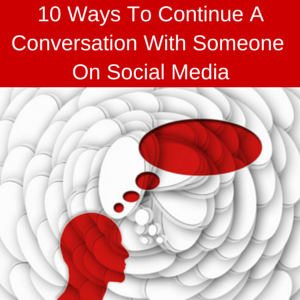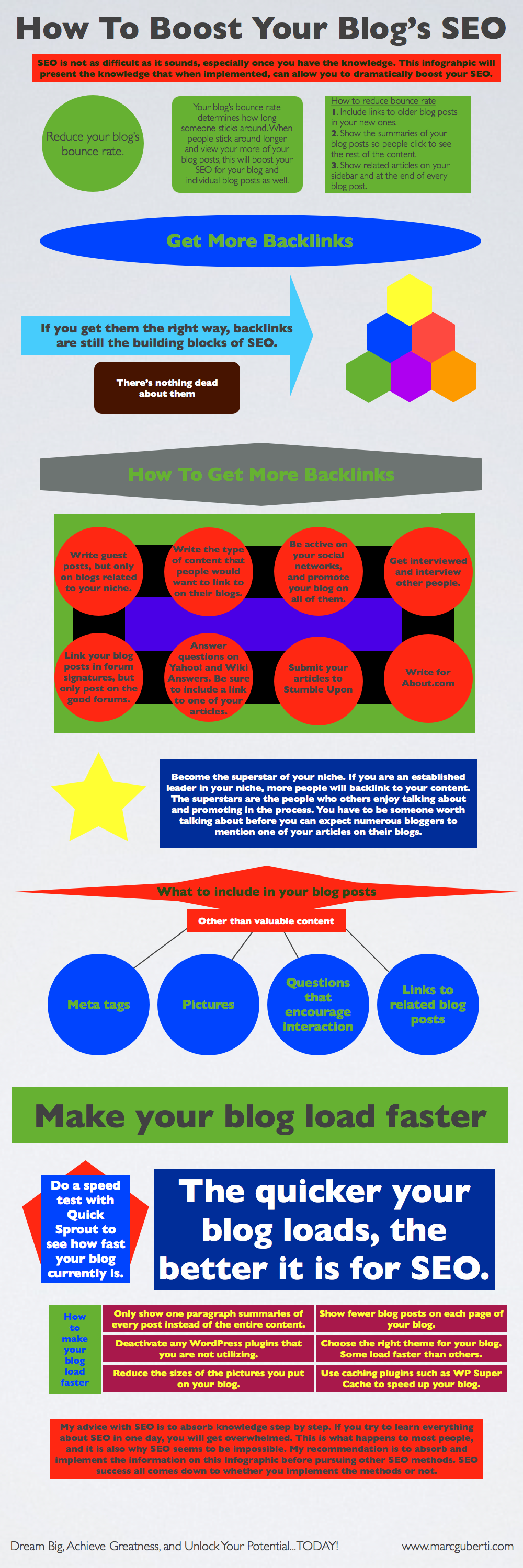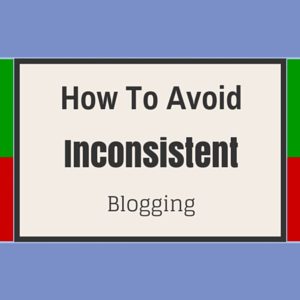
Even though this blog is popular, one of my big goals is to get more blog traffic. My logic was that a little more of something beneficial wouldn’t hurt. I read various articles and blogging books. I knew several methods in other people’s articles and books, but one method that was repeatedly talked about was a method I never dared to try: submit your blog to StumbleUpon. Reddit and Digg were also mentioned, but I decided to focus my time on StumbleUpon.
I had created an account a few years ago, was barely active, and then just left it behind. When I logged into my StumbleUpon account for the first time in a few years, I had 125 followers. Not bad for a few years of inactivity!
I decided to promote my latest articles on StumbleUpon, but to no avail. Most of them got a few visitors, and the most amount of visitors I got for one blog post I shared on StumbleUpon was a little under 50 visitors. I knew StumbleUpon could produce big results because I saw the spike in traffic it gave other bloggers, so I wondered, “Why not me?”
I finally struck gold with my blog post 20 Thoughts To Live By. Unlike all of the other blog posts I shared on StumbleUpon, this was a very concise blog post. The other blog posts I shared were in-depth. My in-depth blog posts were not getting as much attention on StumbleUpon because people simply use StumbleUpon to surf the web and interact at the same time.
I put the blog post on StumbleUpon late at night. I got about 150 views from StumbleUpon that night. As I went to bed, I thought of StumbleUpon as a simple experiment that panned out nicely.
When I woke up, it was easy to see that my blog post went viral on StumbleUpon. On the day it went viral on StumbleUpon, that one blog post brought in over 66% of my blog’s traffic. At the time, my blog averaged 800 daily visitors and 1,100 daily views. On that day, my blog got over 2,879 visitors and 3,429 views. My blog’s traffic tripled overnight all because of one StumbleUpon post.
[tweetthis url=”http://bit.ly/1EXMGlG”]Learn how one blog got over 2,500 extra visitors in one day from #StumbleUpon.[/tweetthis]
A few days after the blog post went viral on StumbleUpon, I decided to assess the experiment to see whether StumbleUpon was worth it or not. One of the most commonly discussed disadvantages is that virtually every StumbleUpon visitor only counted as one pageview. Most of the people who came to my blog from StumbleUpon only viewed that blog post and stumbled to the next page on StumbleUpon. Even though I saw record-breaking traffic, I only got 13 subscribers which is the same daily number of subscribers I already got prior to the blog post.
There was some good news about going viral on StumbleUpon. The first reason is that I now have massive social proof. The social proof of your blog post being shared by thousands of people shows that your blog post is valuable enough to have been shared by thousands of people.
Social media still plays a big role in the search engines, and StumbleUpon is a social network. A few days after the blog post went viral on StumbleUpon, I noticed that blog post getting more traffic than usual. My belief is also that when visitors scroll down to the end and see the blog post has been shared thousands of times, some of them will be more likely to share that blog post. People like to share what is popular.
In Conclusion
My opinion about StumbleUpon is that in the short-term, it just produces a big number with no dramatic change. The only short-term change is the social proof at the bottom of your blog posts if you have the StumbleUpon button enabled. In the long-term, people who visit your blog on StumbleUpon multiple times may decide to return. All of this StumbleUpon traffic results in more attention from the search engines. When people see the blog post is popular on StumbleUpon, they may decide to share it on Twitter, Facebook, and Google+, thus increasing your blog post’s search rank (therefore, it increases your blog’s search rank).
What are your thoughts on StumbleUpon? Do you have any advice for going viral on StumbleUpon? Please share your thoughts and advice about StumbleUpon below.




